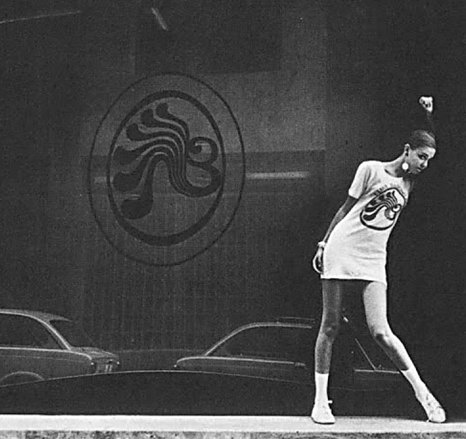
BOCACCIO BOITE: BARCELONA'S GAUCHE DIVINE HIDEAWAY
by OMAR ORNAQUE MOR
·
Much has been written about the Gauche Divine in Barcelona, a phenomenon that may have been magnified but undoubtedly left a significant mark on the cultural landscape of the late Francoist era.
A discotheque —a boîte on Carrer Muntaner— promoted by businessman Oriol Regàs, was the discreet venue where intellectuals gathered to unwind and exchange opinions and political views. It became a breeding ground that, despite Franco's censorship, began to inject colour into the otherwise grey Barcelona of the dictatorship.
Though often criticised as a kind of "posh progressivism," with detractors attempting to undermine its legacy due to its limited commitment to workers' causes, many intellectuals used this meeting place to advance their artistic pursuits. Writers, architects, painters, philosophers, advertisers, photographers and other liberal professionals spent their nights at Bocaccio, giving rise to a myth that, like all myths, had both virtues and flaws.
At EL RETROVISOR, we recount history through artifacts, and in this case, we have salvaged the doors of the legendary venue —crafted from solid wood in an Art Nouveau style— when it closed in 1985. The interior design of the entire space was conceived by Xavier Regàs, Oriol's brother.
The list of personalities who frequently passed through these doors is illustrious and extensive. Figures such as Carlos Barral, Joan Manuel Serrat, Jaime Gil de Biedma, Oriol Bohigas, Ricardo Bofill, Guillermina Motta, Rosa Regàs, Óscar Tusquets, Juan Marsé, Leopoldo Pomés, Beatriz de Moura, Teresa Gimpera, Carmen Balcells, Gabriel García Márquez and Mario Vargas Llosa illustrate the cultural vibrancy that thrived within. The Nova Cançó, the Barcelona School of Architecture and the Latin American literary boom all took shape within the warmth of its maroon walls.